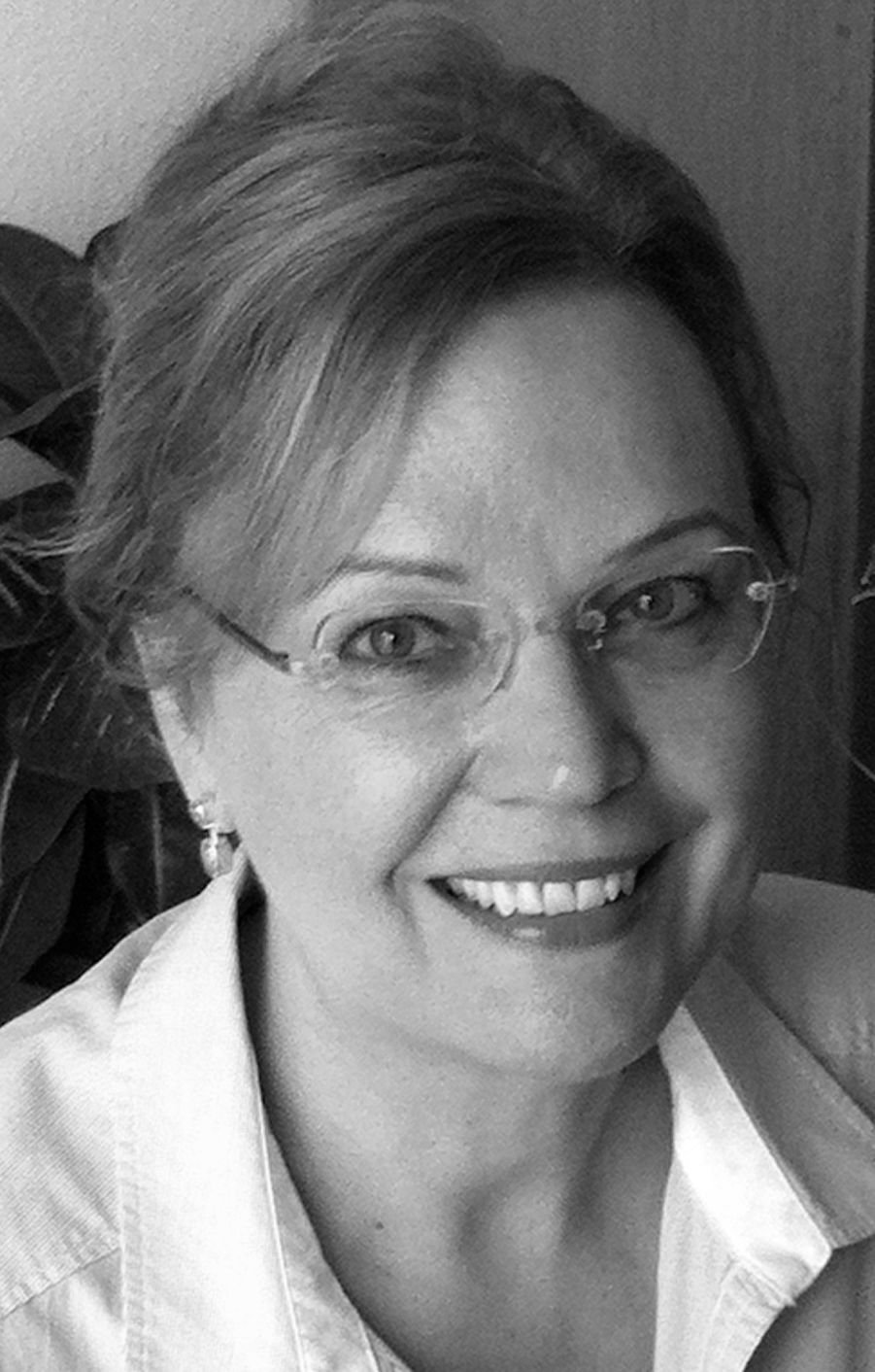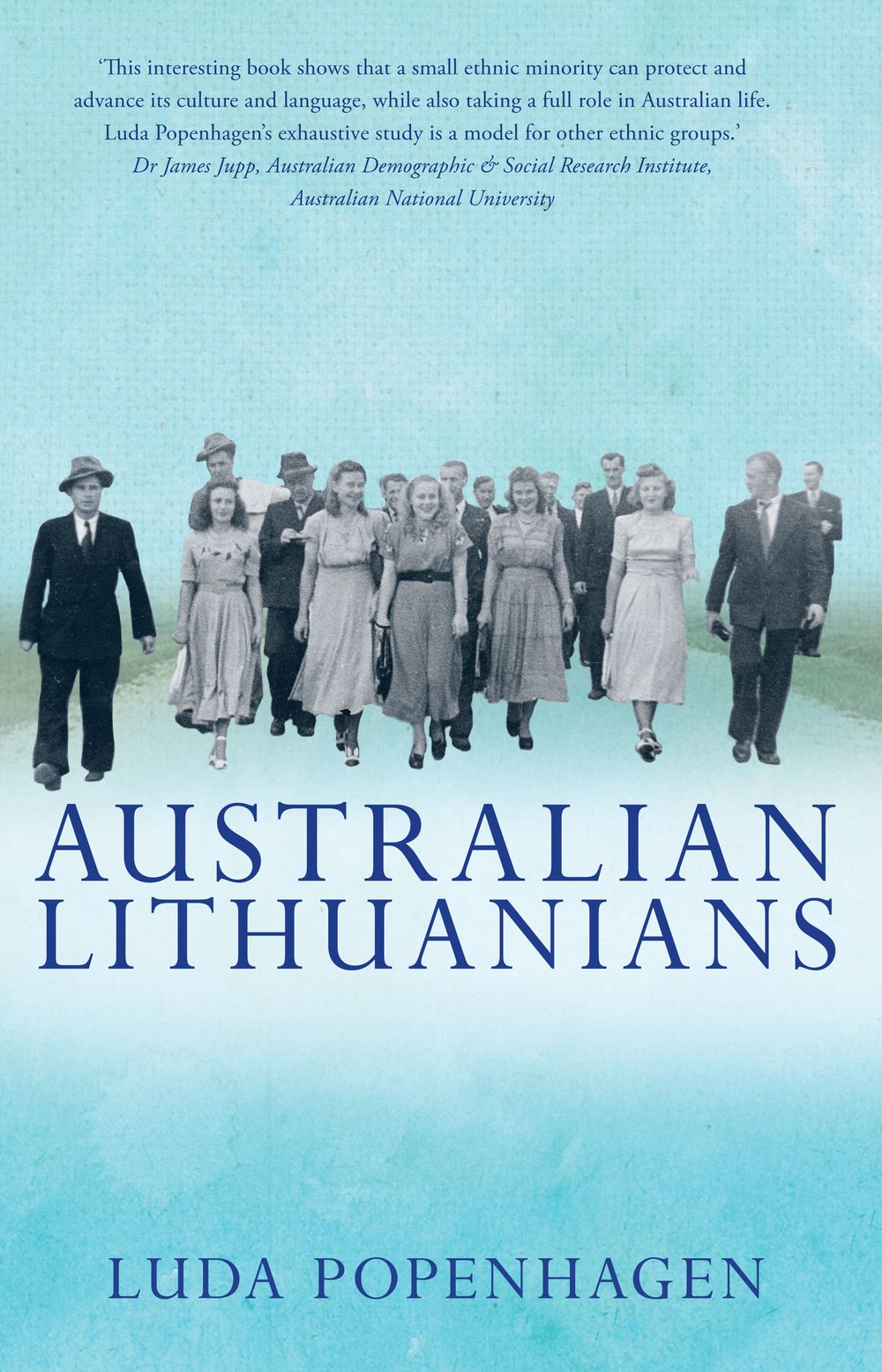When migrants arrive in a new country, often it takes a while to settle in and find employment that matches their credentials. If new arrivals cannot immediately find work that suit their qualifications, they can take courses to obtain local certification or acquire additional skills, or even change professions.
Just over half a century ago, things were very different. The men and women selected by the Australian government to migrate to Australia from post-WWII displaced persons camps in Western Europe were formally classified ‘labourers’ or ‘domestics’, irrespective of their existing credentials. They were part of the Mass Migration Scheme (1947–1954). The migrants who came to Australia during that time represented many different cultures and ethnic groups. Among them were Lithuanians whose qualifications were diverse; some were professionals (academics, artists, engineers, lawyers, medical practitioners, nurses, etc.), and others were skilled tradesmen and women, farmers and university students.
Whatever the professional background of these post-WWII European migrants, in Australia they were obliged to work as unskilled labourers – cutting sugar-cane, splitting rocks, laying pipe-lines, working in factories, cleaning hotels, private homes and public hospitals – for a period of two years. Often families were separated and migrants had to work in remote geographic locations throughout Australia. The Lithuanians and other post-war migrants were a much-needed labour force in Australia from 1947 onwards. They were vital in developing the country’s economy and increasing the population. One wonders how significant their contribution would have been, had they been allowed to directly apply their professional savoir-faire.
By the early 1950s, many of these migrants had fulfilled their work obligations to the Australian government. They were now ready to restart their lives. Some Lithuanians who were qualified medical doctors were assigned posts in country areas or in Papua New Guinea (after completing several months of introductory courses). Many others returned to university and became distinguished scholars in their field, or engineers, teachers, writers, etc.
Some became visual and performing artists recognised nationally and internationally. Still others went on to occupy positions at various levels in the Australian public service or opened private businesses.
When migrants arrive in Australia today, there are no obligatory work contracts binding them to unskilled labour for two years. Upon arrival, there are many employment opportunities. New Lithuanian migrants may assume leadership roles within the Australian Lithuanian Community, especially in fields where their language is of primary importance, such as the press and community radio. Others integrate into mainstream Australian society, and forego any affiliation with Australian Lithuanian cultural activities or organisations.
If they wish, they can do both. The new migrants can forge a new life and lead successful careers in Australia. At the same time, they can nurture their cultural heritage that is part of their Australian Lithuanian identity.
In her book, Australian Lithuanians published by UNSW Press, Luda Popenhagen explains how a small ethnic community founded by post-WWII migrants makes a noteworthy contribution to Australia’s multicultural society. Book launches in Sydney, Canberra, Adelaide and Melbourne, will take place on 27 May, 29 May, 3 June and 10 June, respectively.



